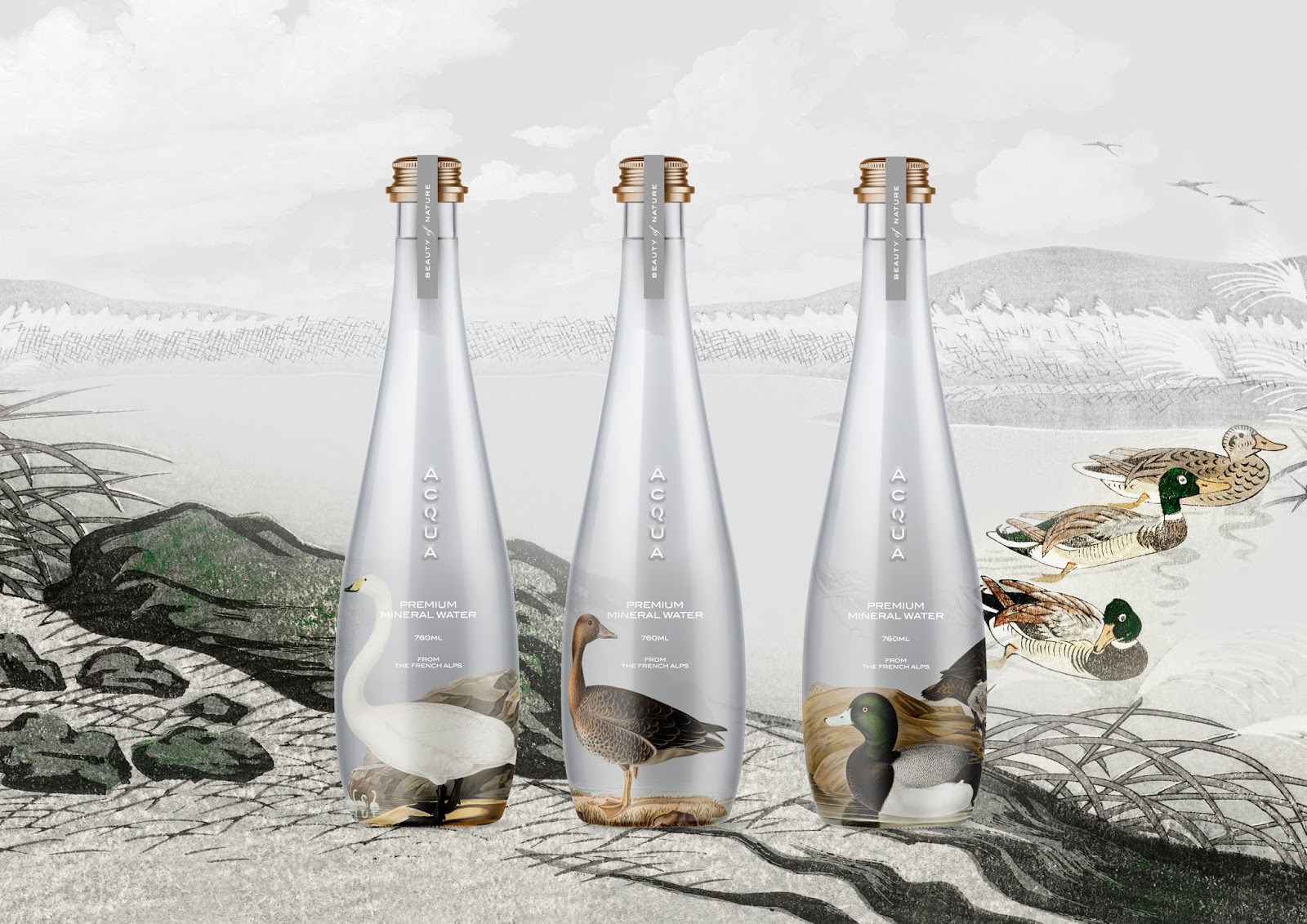Premium mineral water is sourced from diverse locations around the world, each offering its unique mineral composition and flavor profile. The origin of premium mineral water plays a crucial role in its quality, taste, and perceived health benefits. Let’s explore some of the key sources from which premium mineral water is derived.
- Natural Springs and Aquifers: One common source of premium mineral water is natural springs. Springs are formed when groundwater emerges naturally from the Earth’s surface, often due to geological formations or the presence of underground aquifers. These springs can be found in various locations, ranging from mountainous regions to underground caves. Natural springs are known for their purity and unique mineral content, making them highly sought after for premium mineral water production.
- Glacial Sources: Glaciers, formed by the accumulation of snowfall over centuries, serve as another significant source of premium mineral water. Glacial water is often derived from the melting of glaciers, resulting in pristine and mineral-rich water. These sources are typically located in remote, untouched regions, protected from pollution and contaminants. The slow movement of glacial ice naturally filters the water, contributing to its exceptional quality.
- Volcanic Springs: Volcanic regions are known for their unique geological characteristics, which can influence the mineral composition of the water that emerges from underground sources. Volcanic springs are enriched with minerals from volcanic rocks, such as silica, magnesium, and potassium. The volcanic activity in these areas can create thermal springs, renowned for their therapeutic properties and distinctive taste.
- Deep-Sea Springs: Deep-sea springs represent a fascinating source of premium mineral water. These underwater sources are often located in the depths of the ocean, where geological activity gives rise to mineral-rich water. Deep-sea mineral water is known for its high concentration of trace elements and minerals, which are believed to offer specific health benefits. The extraction of water from these depths requires advanced technology to ensure its purity and quality.
- Well Water: Premium mineral water can also come from wells that tap into underground aquifers. These aquifers are natural reservoirs of water stored beneath the Earth’s surface. Well water often undergoes filtration and purification processes to remove impurities, ensuring its suitability for consumption. The mineral composition of well water can vary depending on the geological characteristics of the region.
- Natural Springs in Unique Geographical Regions: Premium mineral water can be sourced from specific geographical regions known for their exceptional water sources. For example, the French Alps are renowned for their mineral-rich springs, while the highlands of Scotland offer unique water sources with distinctive flavors. Other regions, such as the Nordic countries or the Himalayas, also have notable natural springs that contribute to the premium mineral water market.
It’s important to note that premium mineral water brands often prioritize sustainable and responsible sourcing practices. They ensure that the water is extracted without depleting the source and take measures to protect the surrounding environment. Additionally, rigorous testing and quality control measures are implemented to maintain the integrity and purity of the water throughout the production process.
In conclusion, premium mineral water is sourced from various locations worldwide, each with its distinct characteristics. Whether derived from natural springs, glacial sources, volcanic regions, deep-sea springs, well water, or specific geographical regions, these sources contribute to the unique mineral composition and flavor profile of premium mineral water. The careful selection and responsible sourcing of water play a significant role in ensuring the quality and appeal of premium mineral water to consumers seeking a distinct and high-quality drinking experience.

